"Did you notice that your usually nimble cat is having a bit of a struggle jumping on the kitchen counter lately? Or maybe, she's no longer hopping on your bed to snuggle at night. As pet parents, these subtle changes can often leave us wondering. Welcome to our comprehensive guide on arthritis and joint pain in cats. It's time we shed light on this common, yet often overlooked, problem.
This article will help you understand why your lively feline might be losing her spring. You'll get to explore the usual symptoms to watch for, and also learn how to interpret the signs that your cat may be silently suffering from arthritis. Moreover, you'll discover ways to alleviate her discomfort and improve her quality of life.
Recognizing The Subtle Shifts: The Initial Signs Of Arthritis In Cats
“One day, I noticed Callie was "gimpy", walking with a catch in her get-along, not jumping on the counter to get water from the sink or up on the bed to sleep with me,” says stephanietx.
Changes in movement or behavior can be the first signs of discomfort. Cats are stoic about pain so their people have to look for clues like loss of appetite or range of motion, and a more withdrawn personality.
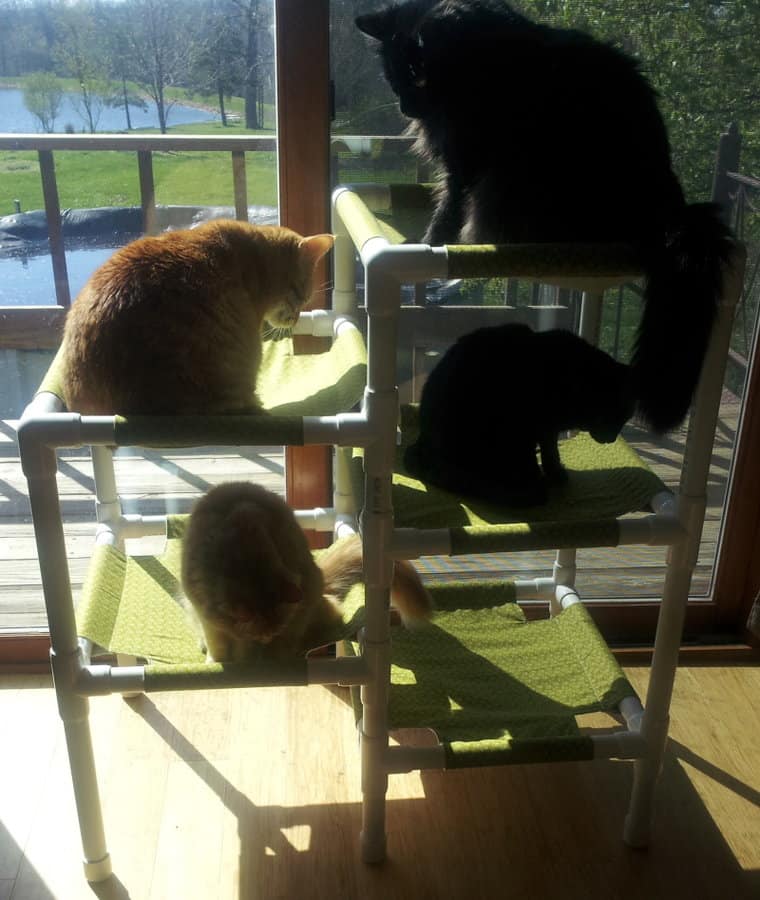
Arthritic cat Stumpy is on the second tier from the top.
Picture by Momofmany
LDG posted “The vet explained that most people just chalk up lower activity to aging. In many instances, arthritis is discovered quite accidentally, before there are serious signs of mobility problems.” Her cat, Flowerbell, had an x-ray for an unrelated problem. It showed that Flowerbell’s hip joints were just about gone.
Dr. Cindy Houlihan owner of The Cat Practice in Birmingham, Michigan, says, “A cat should have a gliding walk, like a runway model. When you see a mincing walk that says ouch, ouch, ouch with every step, it’s time for a checkup for pain related to arthritis.”
Symptoms Of Feline Arthritis
Fewer jumps, a stiff walk, change in litter box habits, constipation, creaking or cracking noises from the elbow/knee joints, less playtime, less social, poor grooming.
“Assuming the position” while in the litter box puts a lot of stress on the spine and the back legs as your cat tries to balance. Cats have the ability to decide not to use the box - and that leads to constipation. They may also go near, but not in the box.
Grooming is a problem for arthritic cats because they can’t twist, turn and do leg lifts like they used to. A soft-bristled brush or comb can remove excess hair without causing pain.
A cat’s body is parallel to the ground so every step can hurt not only the back but all joints - shoulders, knees, elbows, ankles, and neck. He’ll spend less time with family and avoid other cats when they play, just to keep out of the way and to avoid getting bumped.
Treating Arthritis In Cats
“Glucosamine is well-tolerated by most cats,” says Dr. Houlihan. “It can be given in powder form to mix with food, as a capsule or a treat.”
Dr. Jessica Stern of Cats Exclusive Veterinary Clinic in Seattle, Washington, explains, “Steroids bring their own side effects like kidney or liver problems so they should be used sparingly. A low dose that is carefully monitored can give your cat relief for the short term.
Also, consider acupuncture and laser pulsing to give cats improved mobility. After all, both are used in sports medicine for joint injuries.”
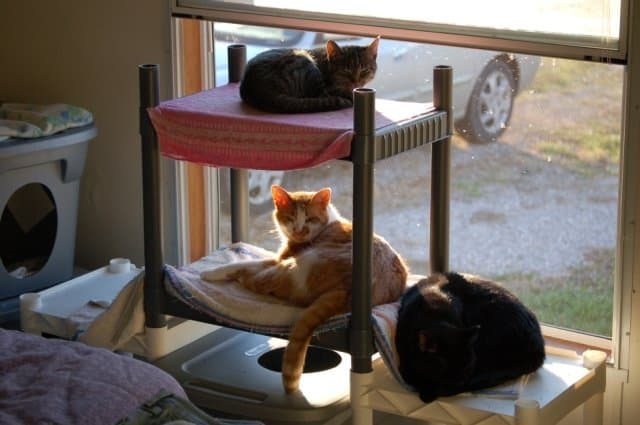
Arthritic cat Turvy Demeter is on the top shelf.
Picture by Skippymjp
Skippymjp says, “Dr. Cathy's first suggestion was Cosequin, which seemed to work quite well. I have a photo of Turvy on top of a kitchen cabinet a couple of months after starting treatment.”
SIGN UP FOR THECATSITE'S EMAIL UPDATES >
Prevention of Feline Arthritis
“About 70 to 90 percent of the older cats we see have arthritis to some degree. We need to see the signs and act on them. There are things you can do too, that will help your cat as he ages,” says Dr. Stern.
- Keep your cat’s weight under control. Extra pounds put extra pressure on joints.
- Exercise - at least at a low level.
- Massage - who doesn’t benefit from a nice rubdown?
- Fatty Acids in the diet - use true fish oils, not flaxseed or other plant-based oils.
Making Life Easier for Cats with Arthritis
Nebula shares, “We always have a heating pad, on the lowest setting, in Smokie’s favorite chair. He loves the warmth.”
Steps to the bed, sink, or windows - Momofmany recounts about her late cat, Stumpy:
We added step stools to key areas in the house (our bed and the food bowl) so that he could climb up on things.” She also made a hammock for Stumpy, from PVC pipe and fabric slings anchored on all four sides for stability but flexible enough not to add more stress to aching pressure points. “One day I figured out if I kept stacking hammocks up taller and taller, Stumpy could stair step up to the top, and still have a comfortable place to sleep.
Elevate and Lower - Raise food and water dishes so your cat doesn’t have to bend his neck or crouch to eat. Lower the height of the litter box. Stepping in can cause pain if the sides are too high. Have multiple litter boxes and water dishes. If he doesn’t feel like taking the stairs, he’ll still have access.
Most of All
Don’t ignore the early symptoms of arthritis. Lubricate the joints with glucosamine, add fish oil, or find a combination of remedies that work for your cat - there will be less damage later.
Keeping Your Cat Comfortable: Final Thoughts and Further Advice
A cat's resilience in the face of pain is both admirable and a source of concern. These silent sufferers need our attention and empathy more than anything. Recognizing the early signs of arthritis in your cat and taking appropriate action can dramatically improve her quality of life.
While you can't prevent the march of time, you can make your cat's golden years more comfortable and pain-free.
Stay observant and never discount subtle shifts in behavior as mere quirks. Remember, prompt veterinary attention can often mean the difference between extended suffering and manageable discomfort.
The stories we shared above offer hope and guidance, proving that arthritis doesn't have to diminish your cat's enjoyment of life.
Lastly, maintain a routine of gentle exercise, a healthy diet, and supplements if advised by your vet. Your love and commitment can make your cat's journey with arthritis much easier. Always keep in mind: you're not just a pet parent; you're your cat's lifeline to a happier, healthier life.
SIGN UP FOR THECATSITE'S EMAIL UPDATES >
Comments? Leave them using the comment section below. Questions about your cat? Post them in the cat forums.
Note: We may get commissions for purchases made through links on this page.

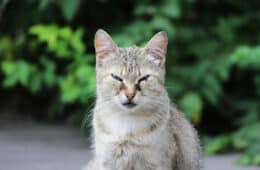
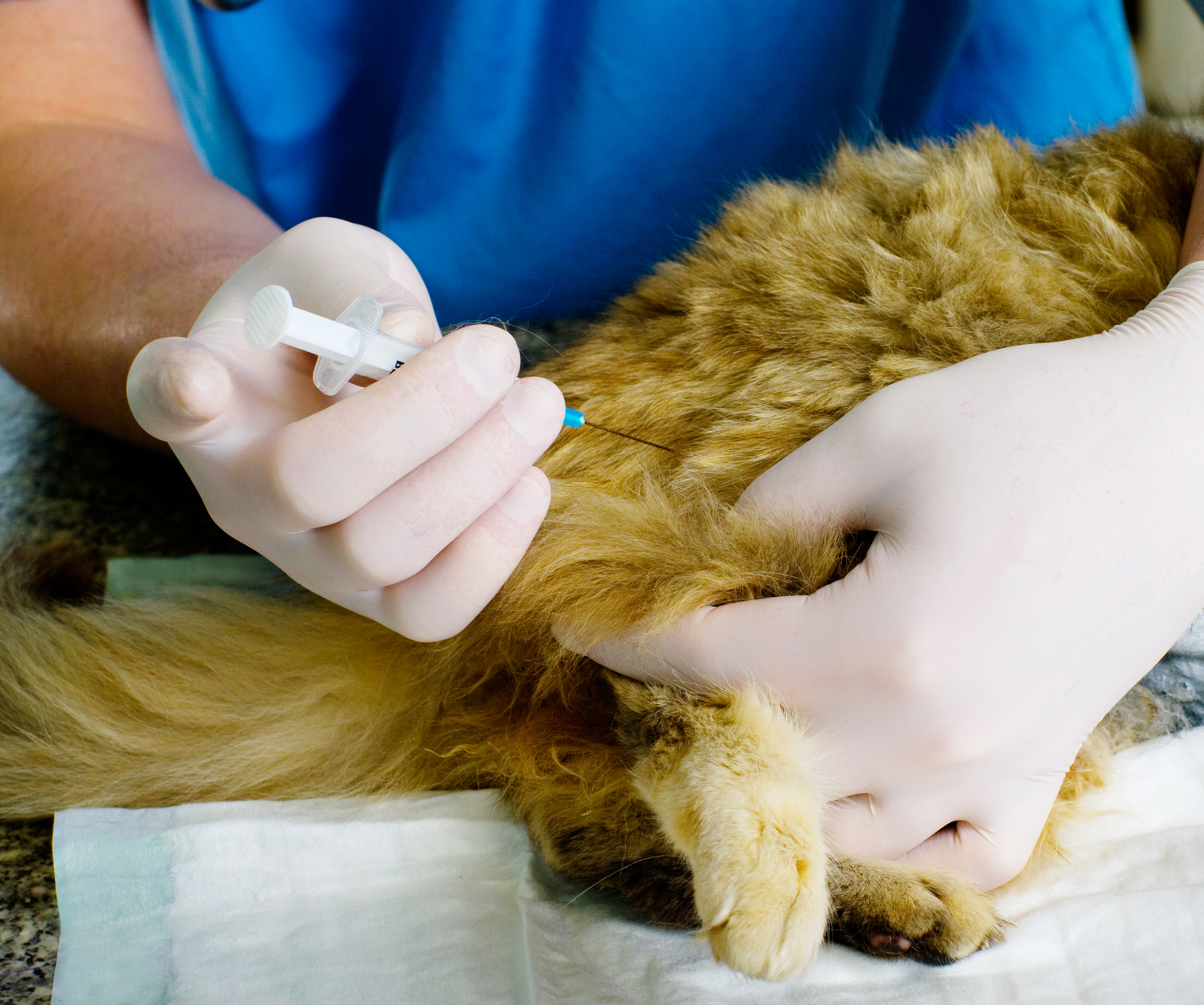
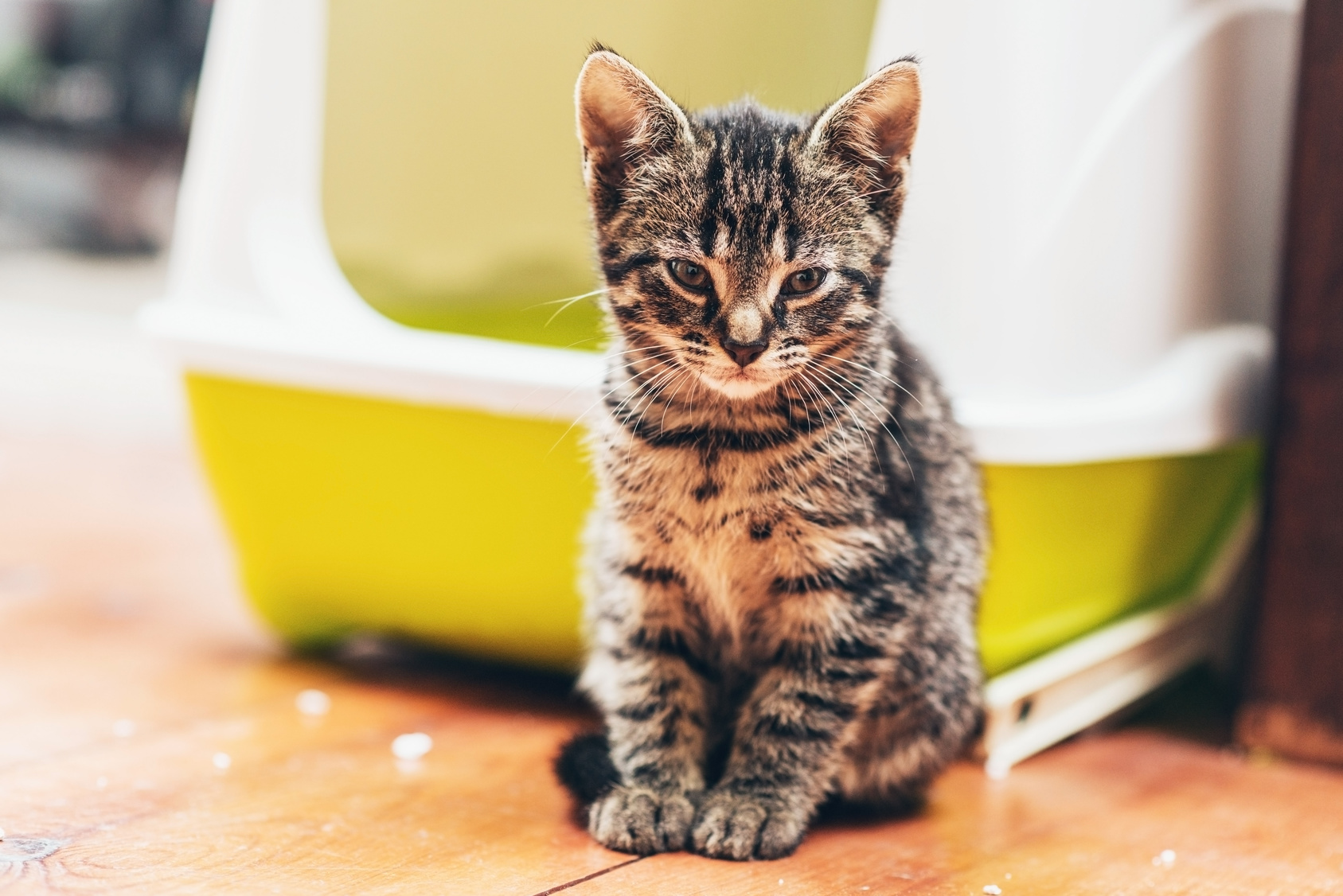
4 comments on “Arthritis And Joint Pain In Cats – A Guide To Detecting And Easing Your Pet’s Discomfort”